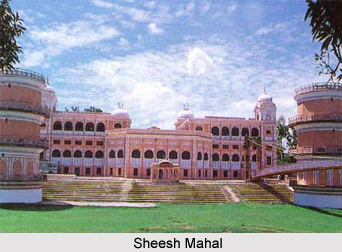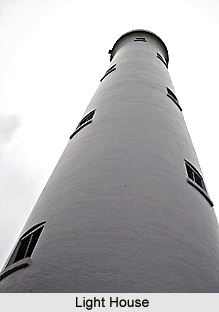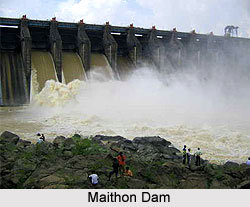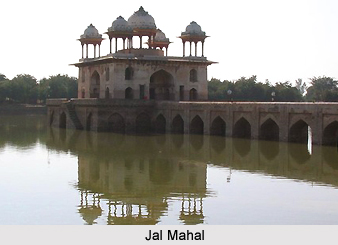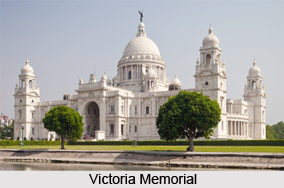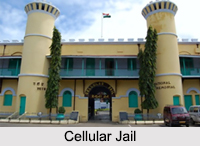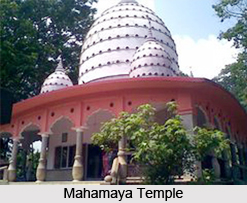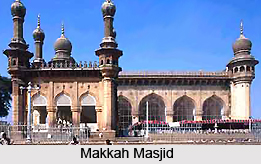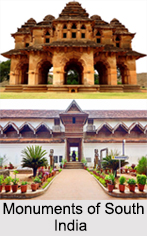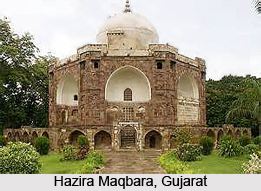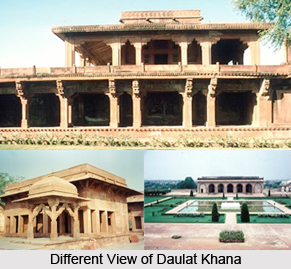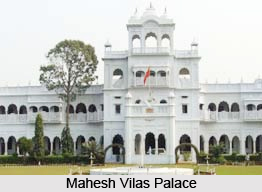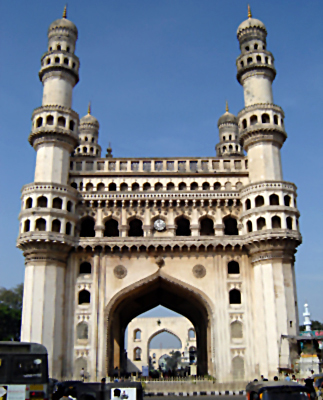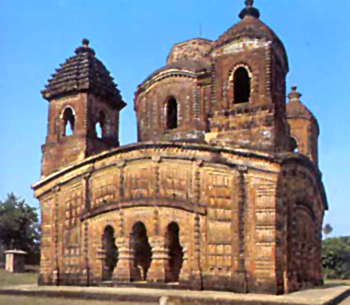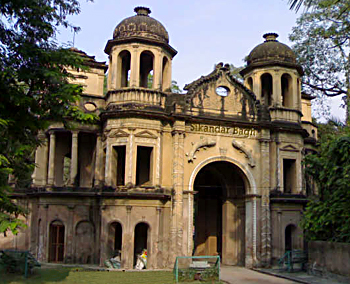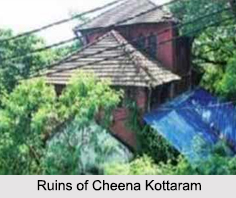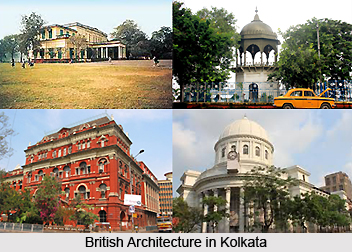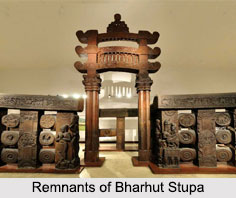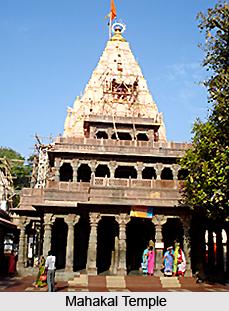 Each of the monuments of Ujjain is a masterpiece by itself. Ujjain, one of the seven sacred cities of the Hindus, lies 37 km northwest of Dewas at a height of 512 m. The ancient ruins and archaeological remains are of great interest. In addition to the ruins of antiquity yet a number of later interesting monuments remain in the city of Ujjain. The notable monuments of the region are Sandipani Ashram, Mahakal Temple, Avanti Parshwanath, Kaal Bhairav, Nava Graha Mandir, ISKCON Temple, Mangalnaath, Observatory (Veda Shala), Harsidhhi or Durga Temple, Gadh Kalika, Bhrathari Gufa, Tapobhoomi, Jaisingh Pura Atishay Kshetra, Hanumant baag and Chintaman Ganesh Temple.
Each of the monuments of Ujjain is a masterpiece by itself. Ujjain, one of the seven sacred cities of the Hindus, lies 37 km northwest of Dewas at a height of 512 m. The ancient ruins and archaeological remains are of great interest. In addition to the ruins of antiquity yet a number of later interesting monuments remain in the city of Ujjain. The notable monuments of the region are Sandipani Ashram, Mahakal Temple, Avanti Parshwanath, Kaal Bhairav, Nava Graha Mandir, ISKCON Temple, Mangalnaath, Observatory (Veda Shala), Harsidhhi or Durga Temple, Gadh Kalika, Bhrathari Gufa, Tapobhoomi, Jaisingh Pura Atishay Kshetra, Hanumant baag and Chintaman Ganesh Temple.
The Jaisingh Observatory was built by Raja Jaisingh of Jaipur when he was the Governor of Malwa under the Mughal emperor Muhammad Shah. As early as the time of Ashoka, Ujjain was the leading astronomical centre, and, owing to the efforts of Jaisingh, its importance was underscored.
The Observatory lies to the south-east of the town and consists of five monuments. The Samrata Yantra was used for calculating the time. On both quadrants the hours and minutes are marked to indicate time, from sunrise to noon on the west quadrant and from noon to sunset on the east.
The Nadi Walaya Yantra is a circular dial lying to the south. An iron peg fixed on the northern face gives the time when the sun is in the northern hemisphere, the one on the south face is for the southern hemisphere. This Yantra helps to calculate the equinoctial days of the year. The Digansha Yantra lies to the east of the Samrata Yantra. The Dakshinottara Bhitti or Bhitti Yantra is a meridian instrument: a wall lying in the plane of the meridian.
The Chowis Khamba Darwaza is a massive ancient gateway which may once have led to the Temple of Mahakal. The pillars are of carved black stone.
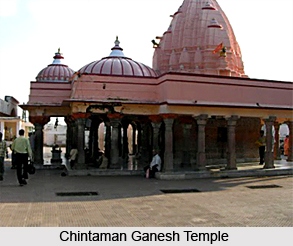 The Bina Niva-Ki-Masjid is located in Anantpeth. Formerly a Jain temple, this was converted to a mosque by Dila-war Khan Ghuri in 1397.
The Bina Niva-Ki-Masjid is located in Anantpeth. Formerly a Jain temple, this was converted to a mosque by Dila-war Khan Ghuri in 1397.
The Kaliyadeh Mahal is a central hall with galleries on all four sides. Akbar stayed here in 1601 and left behind a long, low building on the banks of the river. It is different from the main building in style and is called Astabel or stable, as it was once used by Pindaris for horses.
As Ujjain is an ancient city it has several ancient monuments and among the ancient monuments of the region there are a number of temples which adds to the glory of Ujjain Monuments. Some of the notable temples of Ujjain are Mahakaleshwar Jyotirlinga Temple. This temple has been dedicated to Lord Shiva and the shikhara of the temple is known for its sculptural finery. The other temples of Ujjain are Bade Ganeshji ka Mandir, Chintaman Ganesh Temple, the Kal Bhairav Temple and a lot more.
Some of the monuments in Ujjain resemble a style as unique as Persian. For instance the Kaliadeh Palace has followed a Persian style of architecture. The central dome of the palace has perfect resemblance with the Persian style of architecture and the location of the palace is against a picturesque backdrop.
Durgadas ki Chhatri in Ujjain glows like a jewel from far. The monument has a beautiful structure and bears a Rajput architectural style.
Thus, it can be concluded saying that Ujjain which is a very ancient city of Madhya Pradesh till today boasts of its ancient architectural heritage.
